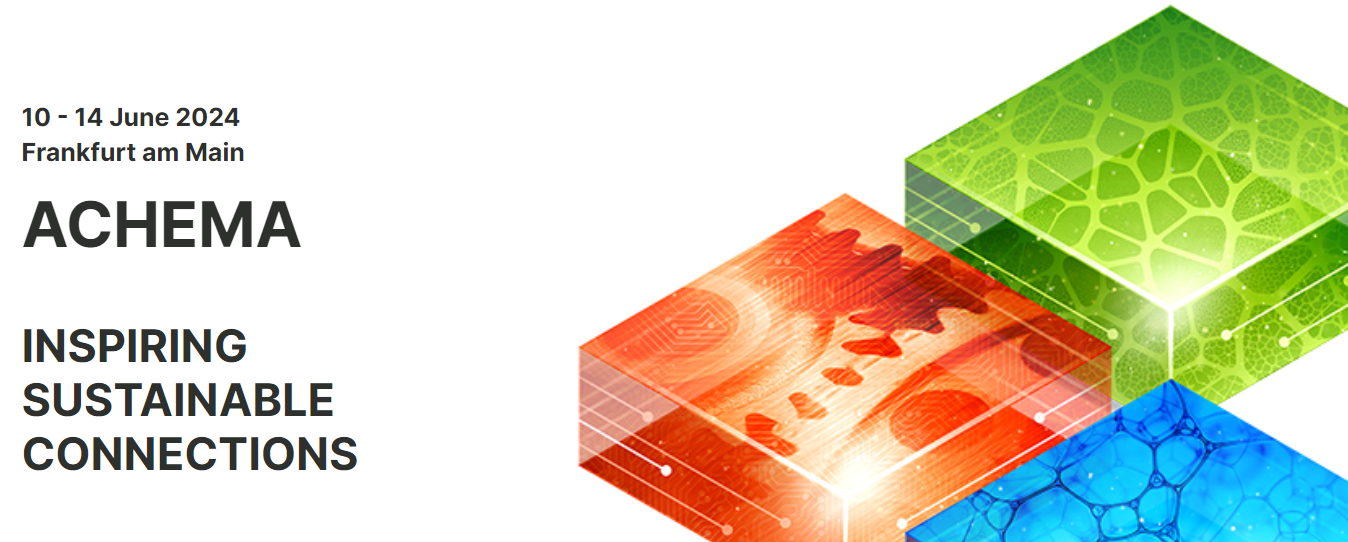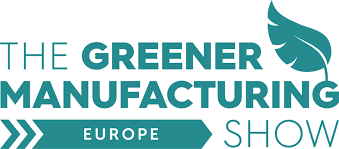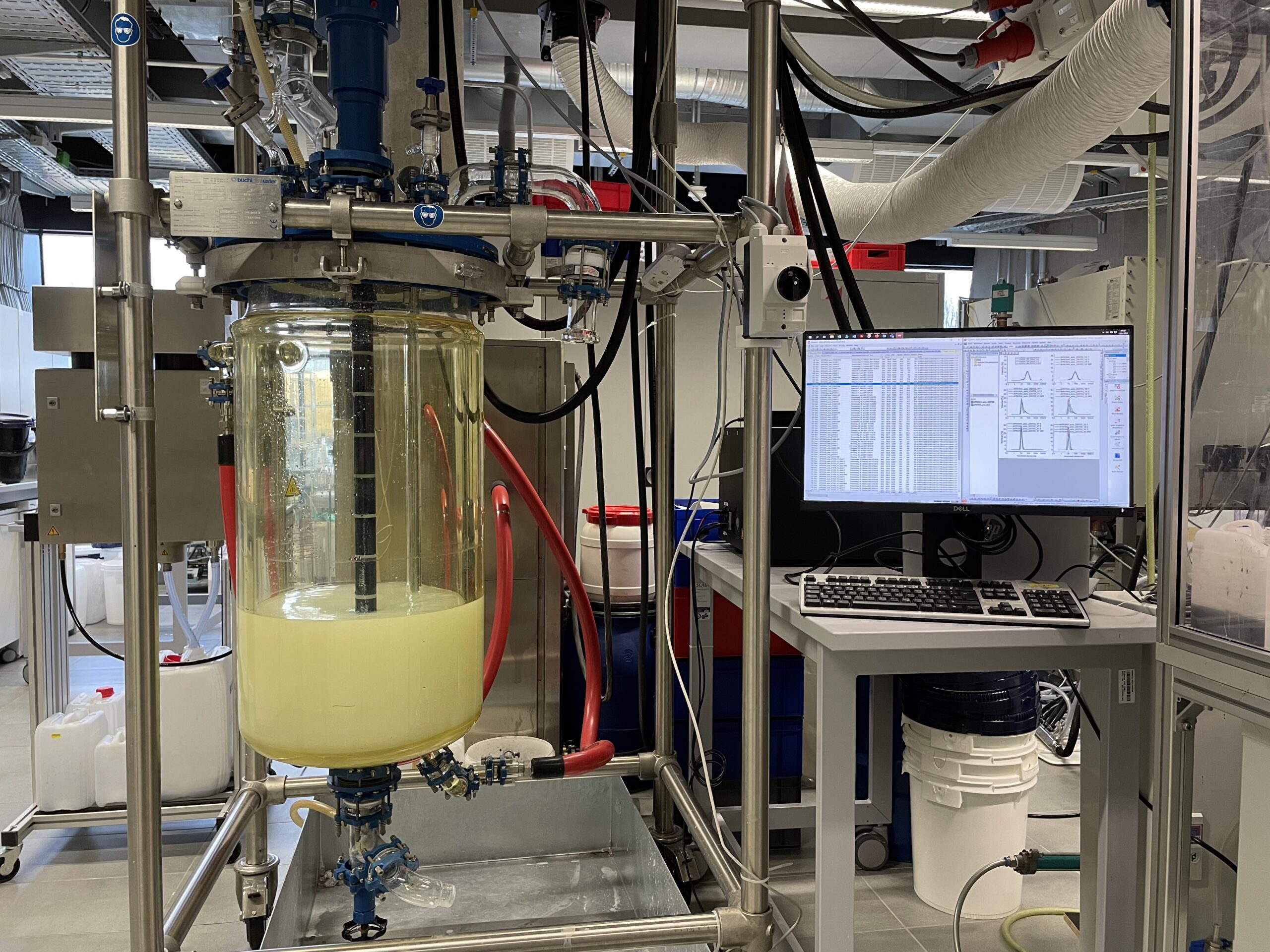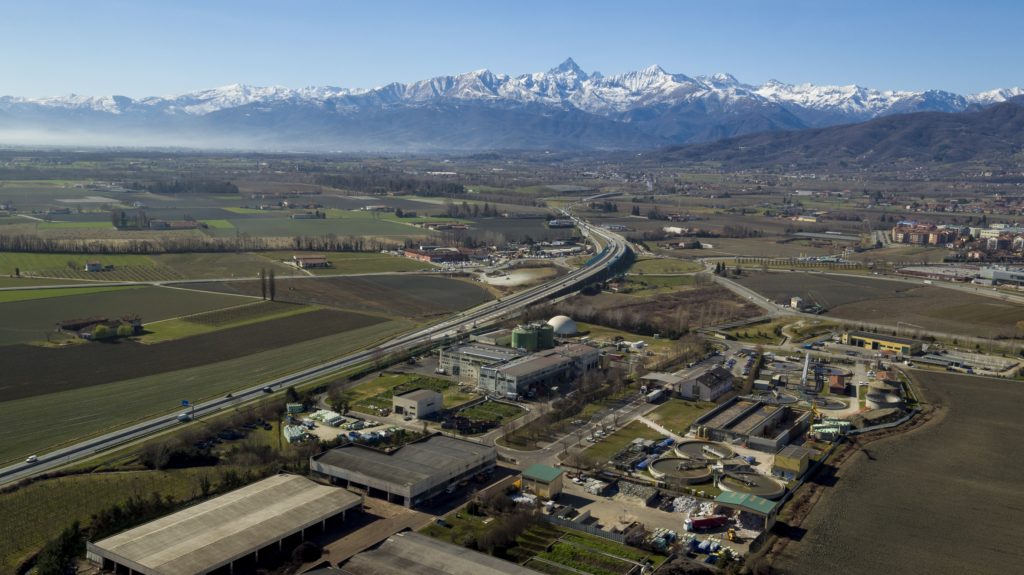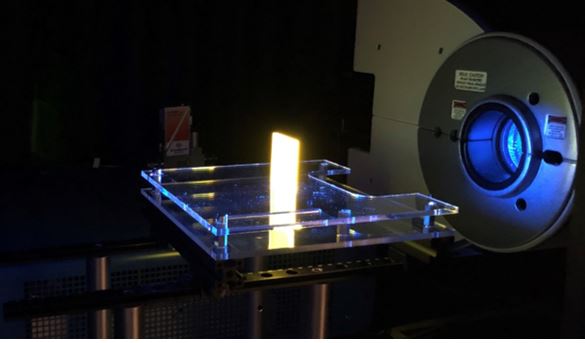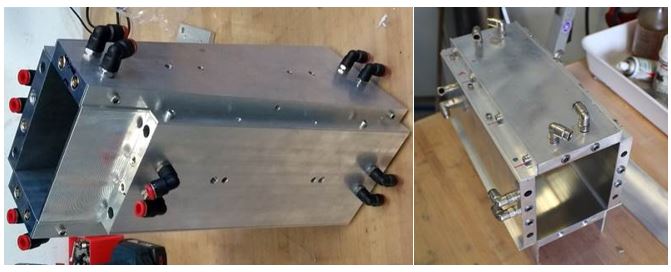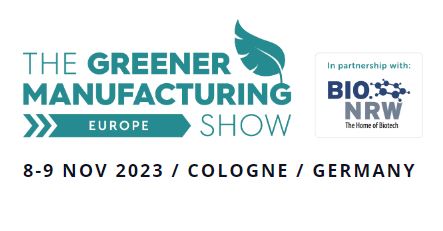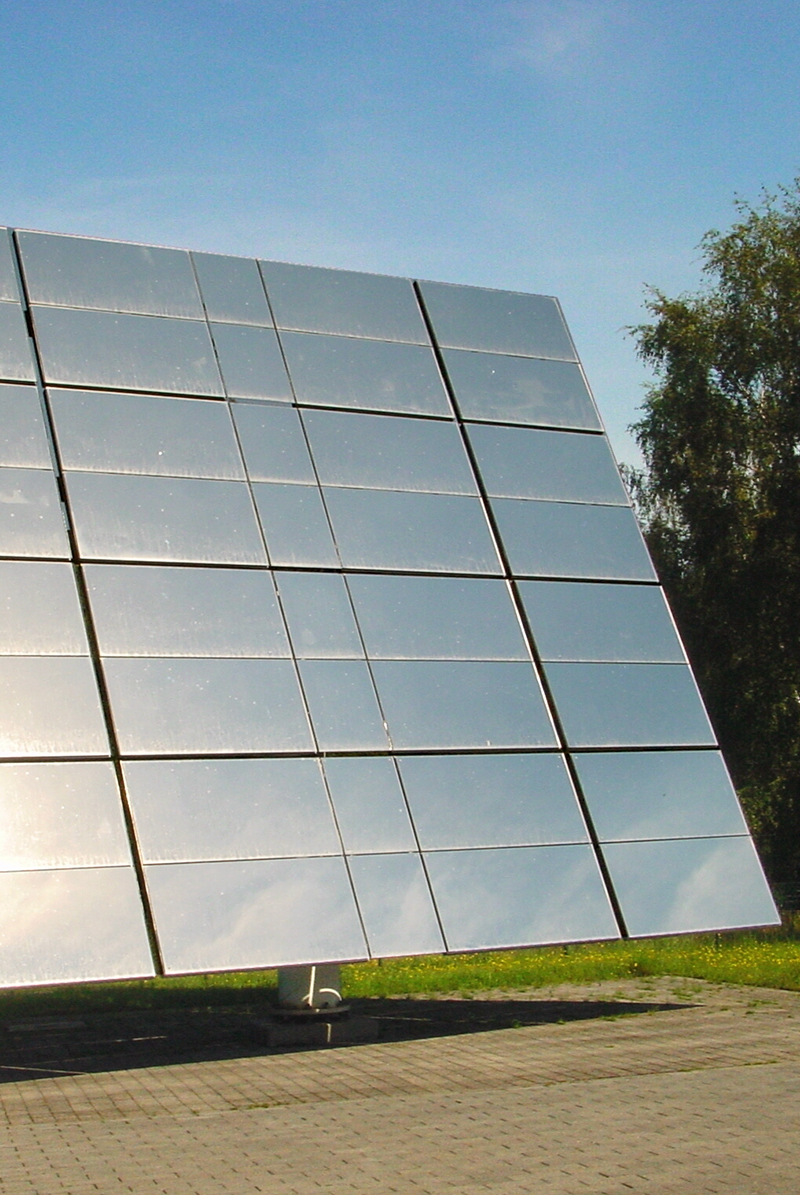SPOTLIGHT Shines Light on Sun-Powered Chemistry
The SPOTLIGHT project, focusing on advancing sunlight-fueled chemistry, is set to showcase groundbreaking developments at ACHEMA. Leveraging the potential of photochemistry, SPOTLIGHT aims to propel the chemical industry towards sustainable practices by harnessing renewable energy sources and eco-friendly feedstocks. Photochemistry has emerged as a crucial facilitator in the chemical industry's transition
Towards the Use of Renewable Syngas for the Decarbonization of Industry
Renewable syngas can replace fossil-fuel based syngas and thereby play an essential role in the decarbonization of industry. We quantify H2 and CO flows required for the transformation of industry towards a net-zero emitting sector. We also undertake a techno-economic analysis, in which we demonstrate that under specific assumptions for the
Science Advances | Research Article: Non–steady state thermometry with optical diffraction tomography
Label-free thermometry is a pivotal tool for many disciplines. However, most current approaches are only suitable for planar heat sources in steady state, thereby restricting the range of systems that can be reliably studied. Here, we introduce pump probe–based optical diffraction tomography (ODT) as a method to map temperature precisely
We participated in Greener Manufacturing Expo 2023
Greener Manufacturing Conference & Expo is the must-attend event for any sustainability focused company looking to reduce the impact of their industrial and manufacturing processes on the environment and global climate change through renewable and circular manufacturing solutions. During this event our Consurtium member TNO participated at the Panel Discussion
Discover Fraunhofer role at the project: upscaling of the synthesis of catalyst particles
Fraunhofer, based in Germany, is the world’s leading applied research organization. By prioritizing key technologies for the future and commercializing its findings in business and industry, it plays a major role in the innovation process. A trailblazer and trendsetter in innovative developments and research excellence, it is helping shape our society
ACEA is the biogenic CO2 supplier at Spotlight project
ACEA Pinerolese Industriale spa is an Italian multiutility company, which works in the environmental sector. The entity is part of the SPOTLIGHT project Consortium as CO2 supplier. This biogenic CO2 comes from the anaerobic digestion of OFMSW and the following biogas-to-biomethane upgrading step. The biomethane produced is injected into the
EPFL supports reactor design, operation and performance optimization at SPOTLIGHT
Located in Located in Switzerland, EPFL is one of Europe’s most vibrant and cosmopolitan science and technology institutions. It is therefore an honour for the SPOTLIGHT project to be part of the project consortium. Within the framework of SPOTLIGHT project, EPFL has two roles: to support reactor design, operation and performance
Discover the development of the flow guide that illuminates the reactor homogeneously with sunlight.
Our Consortium member DLR - The Federal Republic of Germany's research centre for aeronautics and space - is responsible for the development of the flux guide that illuminates the reactor homogenously with solar light. Moreover, they are the leaders of the WP3 (Design and manufacturing of reactor, secondary optics and
8-9 NOVEMBER The Greener Manufacturing Show 2023
The Greener Manufacturing Show is the must-attend event for any sustainability-focused company looking to design and manufacture their products from more sustainable materials, limit and eliminate the use of toxic chemicals, and reduce the impact of their industrial and manufacturing processes on the environment and global climate change. Source
Life-Cycle Assessment of Innovative Solar-Based Methane/Carbon Monoxide Production Process
Life-Cycle Assessment of Innovative Solar-Based Methane/Carbon Monoxide Production Process Giorgio Bonvicini*1, Pasquale Pinto1, Sara Abd Alla1, Andrea Pestarino1, Kai Risthaus2, Jonathan van den Ham3, Nicole Meulendijks3, Pascal Buskens3 1 RINA Consulting S.p.A. – Via A. Cecchi, 6 – 16129 Genova, Italy 2 Deutsches Zentrum für Luft-und Raumfahrt (German Aerospace Center) - DLR, Institute of
